Legal bid fails to rebury remains of 2,500 year old tattooed 'ice princess'
After archeologists dug up the ancient mummy - preserved in permafrost - natural disasters were unleashed in Siberia, court told.

A mannequin - an exact replica - is displayed in the museum but on 'special occasions' VIPs would be 'provided the opportunities to see the real mummy'. Picture: Autotravel.ru
An appeal will be launched after a court this week rejected a demand by the the leader of the Teles ethnic group in the Altai Mountains to order the reburial of the world famous tattooed remains of 'Princess Ukok', dug from her tomb in 1993 by leading Russian archeologists.
A court in Gorno-Altaisk rejected his lawsuit, allowing the relic to remain in the care of the National Museum in the city, capital of the Altai Republic.
Akai Kine, leader of the Teles ethnic group and president of the Spiritual Centre of the Turks, Kin Altai, demanded that the 'archeological complex' Ak-Alakha-3, where the mummy was found on the Ukok Plateau, should be recognised as a cultural heritage monument and the remains of the 'ice princess' classified as an integral part of the tomb. The 'integrity' of the burial site should be restored before her 2,500 year old remains should be reburied.
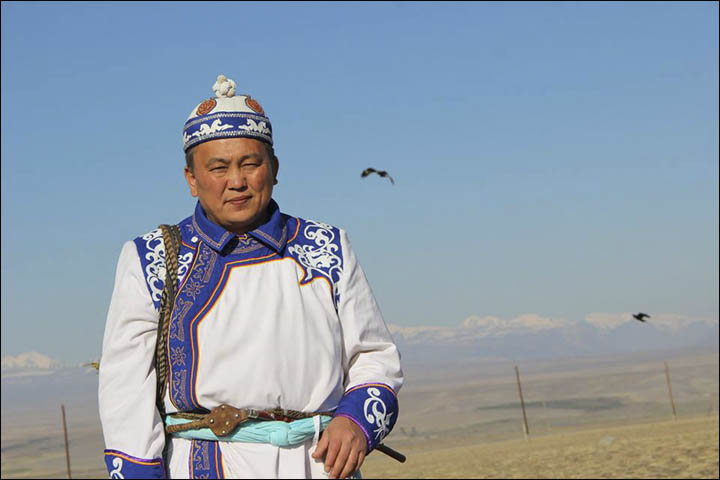
Akai Kine vowed to continue his fight to rebury the remains on the Ukok Plateau. Picture: Facebook
'We have the cult of ancestors,' he told the court. 'The dead cannot be disturbed, and especially they cannot be held on public display and carried around the world. After she was dug out, we immediately saw earthquakes, floods, and hail which were not known previously.'
He described her as the White Lady, a priestess guarding 'the umbilical cord of the Earth'. 'She stood as a guard at the gates of the underworld, preventing the penetration of evil from the lower worlds. However, after archaeologists removed the mummy, it has lost its strength and can no longer perform its protective function. So evil started to penetrate, natural disasters and human conflicts began.'
He accused local politicians of going back on election promises given in 2014 to rebury the mummy.
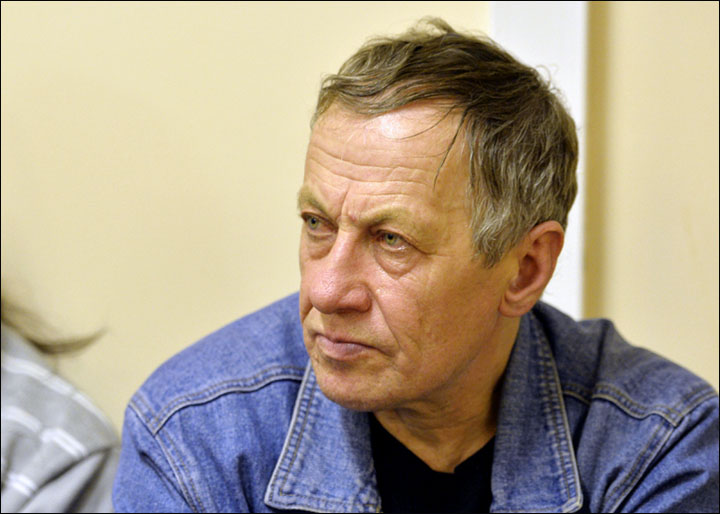
Sergey Kireev insisted: 'The mummy will be safely kept in our museum, without going to public display.' Picture: Gorno-Altaisk Info
His move was opposed by academics involved in research on the remains, and by state bodies. The director of the National Museum Sergey Ochurdyapov said: 'We keep her in the form in which she reached us. Now the technologies are changing, a new equipment appears - and every time the mummy tells us something new.'
A senior fellow at the museum, Sergey Kireev, insisted: 'The mummy will be safely kept in our museum, without going on public display.'
Earlier, when the remains were returned from Novosibirsk - where they were held for two decades - there were reports that the ice princess would be put on public display. Later it was said that a mannequin - an exact replica - would be displayed but that on 'special occasions' VIPs would be 'provided the opportunities to see the real mummy'.
The chairman of the Union of National Cultures, Artem Ignatenko, also spoke out against a reburial. 'Now she is in decent place, she's treated respectfully, and her soul has calmed down,' he said. 'It simply does not make sense to do something with her body. People who want to bury her, are engaged in self-PR.'
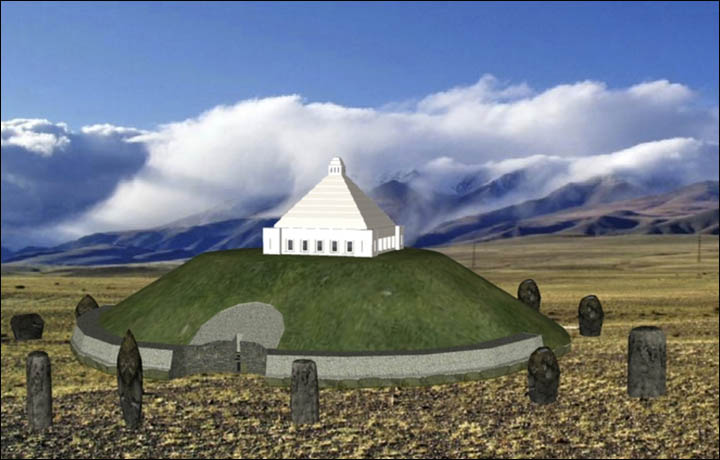
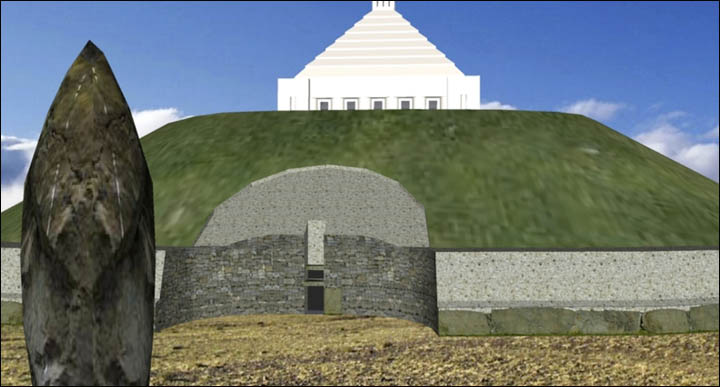
If the reburial will be approved it is planned to build a moument on the Ukok Plateau. Pictures: Spiritual Centre of the Turks Kin Altai
After the verdict at Gorno-Altaisk city court, Akai Kine said that state power including the interests of academic science and the judiciary had been pitted against him. He vowed to continue his fight to rebury the remains on the Ukok Plateau.
'We will to stop on this, our struggle continues. We will keep the filing the claims and lawsuits, demanding the reburial,' he said.
After the mummy was removed from the burial site, archaeologists called in Moscow experts who had worked on preserving Soviet founder Vladimir Lenin's body to ensure that there was no further deterioration of the 'ice maiden's' remains.
Elders in the Altai republic had voted to rebury the remains and plans were build for a monument on the Ukok Plataeu. However, scientific research has found new and intriguing details about the ancient woman.
For example in 2014 it was revealed after an MRI scan that the woman, believed to have been aged around 25 when she died, had suffered from breast cancer, while she is believed to have used cannabis for medical reasons to ease her suffering.
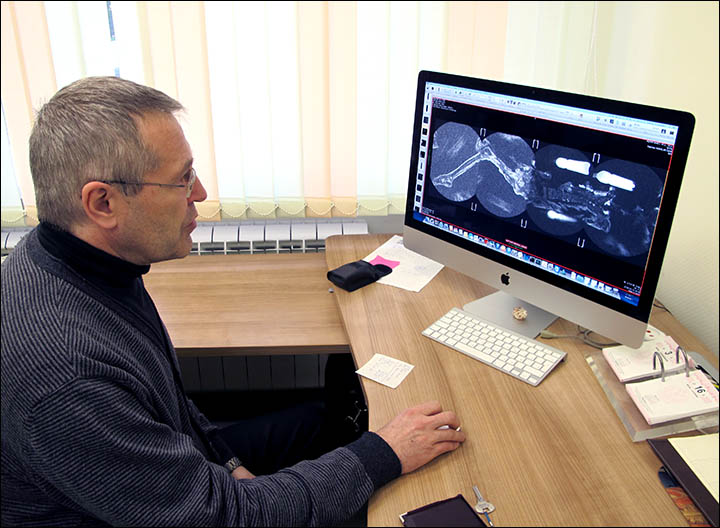
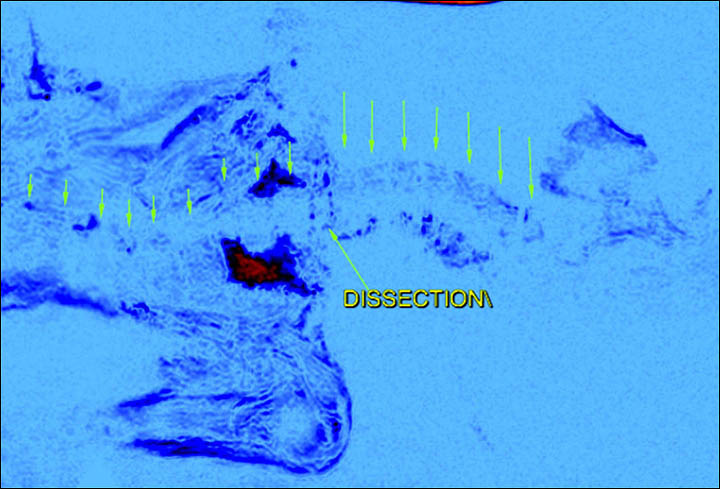

Dr Andrey Letyagin: 'We are dealing with a primary tumour in the right breast and right axial lymph nodes with metastases.' Pictures: The Sberian Times, Andrey Letyagin
Studies of the mummified remains extraordinary advances in our understanding of her rich and ingenious Pazyryk culture. The tattoos on her skin are works of great skill and artistry, while her fashion and beauty secrets - from items found in her burial chamber which even included a 'cosmetics bag' - allow her impressive looks to be recreated more than two millennia after her death.
It is believed that she was not in fact a royal but that her use of drugs to cope with the symptoms of her illnesses may have given her 'an altered state of mind', leading her kinsmen to the belief that she could communicate with the spirits. Her lavish grave suggests she was someone of singular importance.
The MRI, conducted in Novosibirsk by eminent academics Andrey Letyagin and Andrey Savelov, showed that the 'princess' suffered from osteomyelitis, an infection of the bone or bone marrow, from childhood or adolescence. Close to the end of her life, she was afflicted, too, by injuries consistent with a fall from a horse: but the experts also discovered evidence of breast cancer.
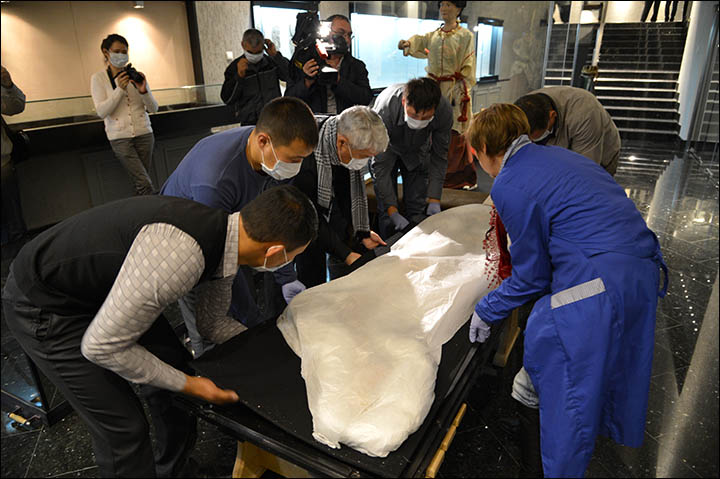
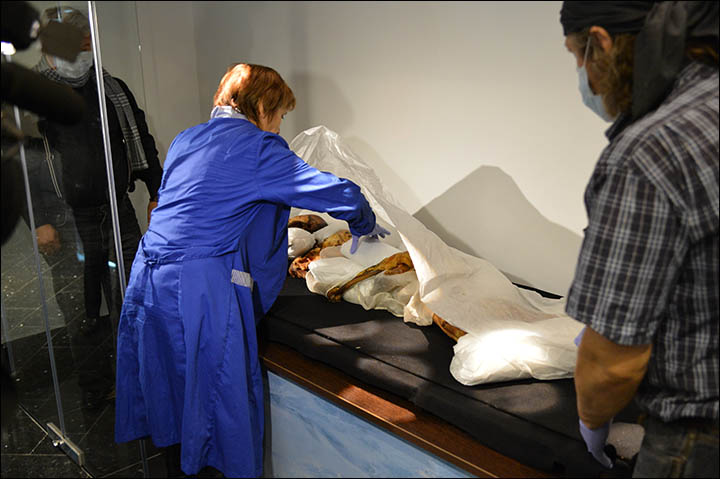
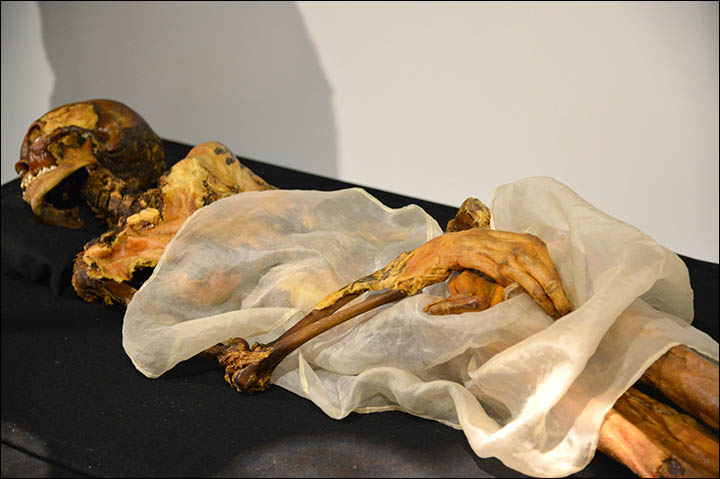
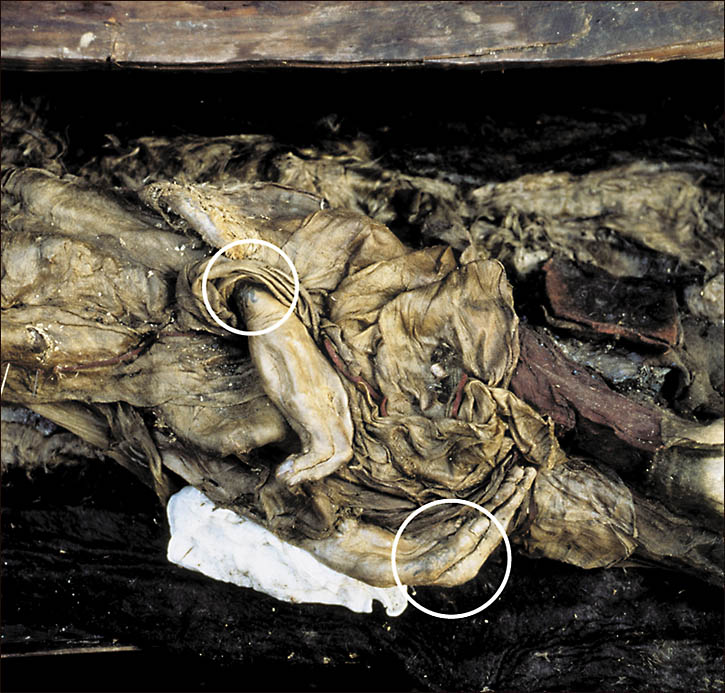
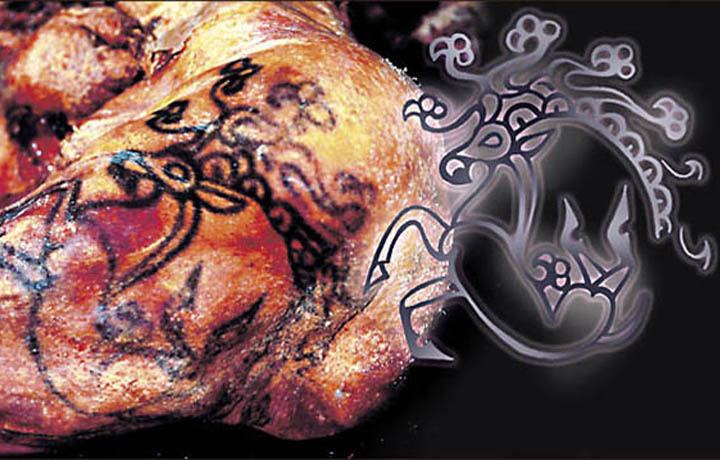
Studies of the mummified remains extraordinary advances in our understanding of her rich and ingenious Pazyryk culture. Pictures: Alexander Tyryshkin, Institute of Archeology and Ethnography, Siberian Branch of Russian Academy of Science
'When she was a little over 20 years old, she became ill with another serious disease - breast cancer. It painfully destroyed her' over perhaps five years, said a summary of the medical findings in 'Science First Hand' journal by archeologist Professor Natalia Polosmak, who first found these remarkable human remains in 1993.
'During the imaging of mammary glands, we paid attention to their asymmetric structure and the varying asymmetry of the MR signal,' stated Dr Letyagin in his analysis. 'We are dealing with a primary tumour in the right breast and right axial lymph nodes with metastases.'
'The three first thoracic vertebrae showed a statistically significant decrease in MR signal and distortion of the contours, which may indicate the metastatic cancer process.' He concluded: 'I am quite sure of the diagnosis - she had cancer.
'She was extremely emaciated. Given her rather high rank in society and the information scientists obtained studying mummies of elite Pazyryks, I do not have any other explanation of her state. Only cancer could have such an impact.'
1 comment:
Just return her to the earth.
You have gotten everything you need from her, and she deserves respect.
Post a Comment